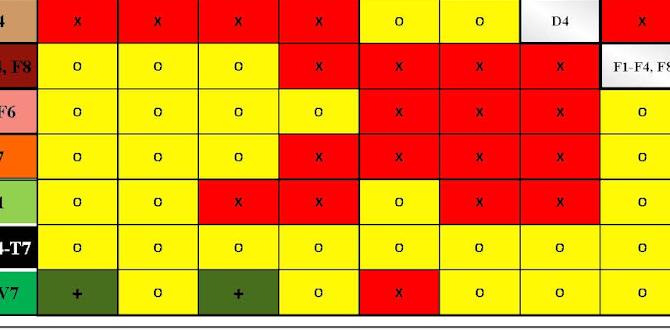With the rapid advancement of technology, connecting devices through different ports has become essential. USB to VGA adapters are commonly used to connect a computer or laptop with a VGA output to a display or projector that only supports VGA input. But do USB to VGA adapters really work? Let’s find out.
Compatibility

USB to VGA adapters are designed to be compatible with various devices, including laptops, desktops, and tablets. However, it is crucial to ensure compatibility between your computer’s operating system and the adapter’s drivers. Before purchasing a USB to VGA adapter, check the product specifications and ensure that it is compatible with your computer’s operating system and USB ports.
Setup and Installation
Setting up a USB to VGA adapter is relatively straightforward. Start by plugging the adapter into an available USB port on your computer. It will be automatically detected by your operating system, which will then prompt you to install the necessary drivers. Follow the on-screen instructions to complete the driver installation process.
Performance and Display

The performance and display quality of a USB to VGA adapter depend on several factors, including the quality of the adapter itself and the capabilities of your hardware. USB 3.0 adapters generally offer better performance compared to USB 2.0 adapters, as they have higher bandwidth and faster data transfer speeds.
When it comes to display quality, USB to VGA adapters can support resolutions of up to 1920×1080 pixels, allowing you to enjoy clear and crisp visuals. However, it is essential to note that the adapter’s performance may vary depending on the graphics capabilities of your computer and the monitor or projector you are connecting to.
Use Cases and Applications

USB to VGA adapters have various applications and use cases. They are commonly used for presentations, allowing you to connect your laptop to a projector or external display. This is particularly useful in business meetings, educational settings, and conferences.
Furthermore, USB to VGA adapters can also be used for multi-monitor setups, providing an extended desktop experience. This enables you to work on multiple screens simultaneously, increasing productivity and efficiency.
Another application of USB to VGA adapters is gaming. Some gamers prefer using multiple monitors for an immersive gaming experience, and these adapters can help achieve that.
In conclusion, USB to VGA adapters do work and serve as a practical solution for connecting devices with VGA output to displays or projectors. However, it is essential to ensure compatibility, invest in a high-quality adapter, and consider the capabilities of your computer and the display device.
Frequently Asked Questions:
Q1: Can a USB to VGA adapter support multiple monitors?
A1: Yes, USB to VGA adapters can support multiple monitors by using a multi-monitor splitter or using multiple adapters.
Q2: Can I use a USB 2.0 port with a USB 3.0 adapter?
A2: Yes, USB 3.0 adapters are backward compatible and can be used with USB 2.0 ports. However, the performance may be limited by the USB 2.0 port’s lower bandwidth.
Q3: Do USB to VGA adapters require external power?
A3: In most cases, USB to VGA adapters do not require external power and draw power directly from the USB port. However, some adapters may have additional power requirements, which will be specified in the product specifications.
Q4: Are USB to VGA adapters compatible with Mac computers?
A4: Yes, USB to VGA adapters are compatible with Mac computers as long as the adapter’s drivers are available for the Mac operating system version you are using.
Q5: Can a USB to VGA adapter transmit audio?
A5: No, USB to VGA adapters only transmit video signals. If you need to transmit audio as well, you will need a separate audio cable or use a USB to HDMI adapter that supports audio transmission.